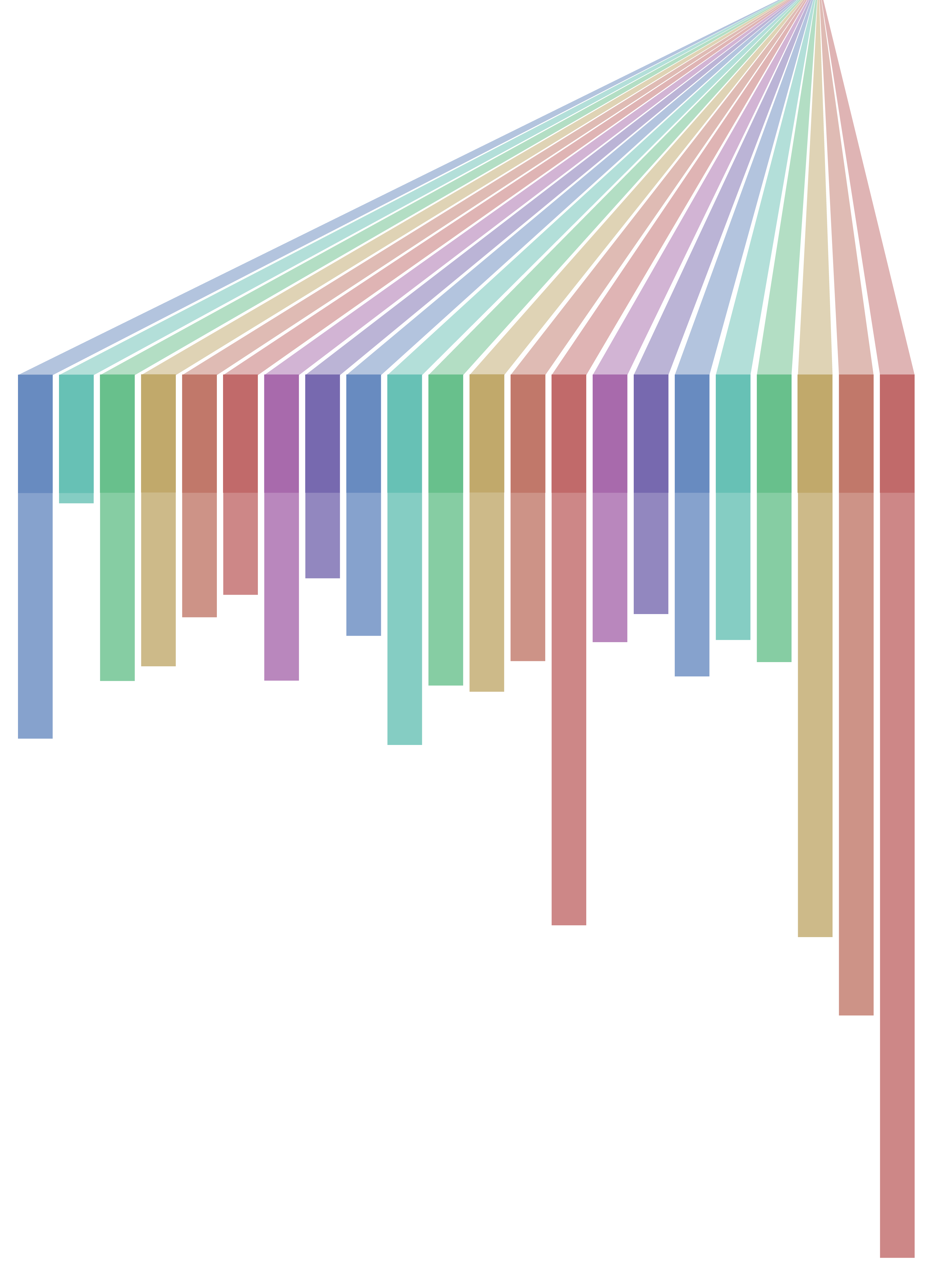
Pay Day:
Salary Growth and Inequality at SAIC
Budgets got slashed this summer.
How much of that budget goes to the people at the top?
By Lela Johnson and Leo Smith
How much of that budget goes to the people at the top?
By Lela Johnson and Leo Smith
Caption
For the Art Institute of Chicago (AIC) and the School (SAIC), most of the revenue comes from school tuition. This graph, which reflects 2018 — the latest available tax returns — shows that most expenditures at the museum and school go to their employees’ salaries. Of that salary percentage, 6% goes to senior administration.
All data in this article was sourced from the publicly available AIC tax returns and ProPublica unless otherwise stated.
All data in this article was sourced from the publicly available AIC tax returns and ProPublica unless otherwise stated.

Caption
Of the total amount spent on salaries at the AIC, including both the museum and the school, 6% of that salary spending is on the upper administration. The highest paid employee in 2018 was the Museum President, James Rondeau, at $980,688. Of the school’s 2018 employees, the highest paid were President Tenny ($711,597, not including entitlements), former Provost Craig Barton ($411,207), and VP of Finance and Administration Brian Esker ($335,075). Some upper administrators are not accounted for here, because tax returns only require a certain number of salaries to be publicly reported.
As reported by the Chronicle of Higher Education, full-time faculty salaries (professors, associate professors, and assistant professors) averaged $95,213 per year at SAIC.
As reported by the Chronicle of Higher Education, full-time faculty salaries (professors, associate professors, and assistant professors) averaged $95,213 per year at SAIC.

This graph shows the sum of upper administration salaries for SAIC only, excluding museum administrators.
Data after 2018 is not yet available so these 2019-2020 figures are projections, calculated using a conservative linear forecasting function in Excel — i.e. a ‘line of best fit.’
The 2020 projections do not take COVID losses into account.
Data after 2018 is not yet available so these 2019-2020 figures are projections, calculated using a conservative linear forecasting function in Excel — i.e. a ‘line of best fit.’
The 2020 projections do not take COVID losses into account.
Part 1
Tuition revenue grows by several million dollars each year. The salaries paid to the upper administration also continue to grow, at a slightly higher rate. The rate of upper admin salary growth surpassed the rate of tuition revenue in 2014, and this gap has continued to grow.
Part 2
Average full-time faculty salaries have also continued to grow, but at a much slower rate than tuition revenue or upper admin salaries. Faculty salary data was sourced from the Chronicle of Higher Education.
Part 3




Caption
This graph tracks the SAIC president’s salary from 2011-2018. Walter Massey (red line) left SAIC in 2016. Elissa Tenny (blue line) was promoted to president the same year. Her salary for the two years available (2017-2018) grew faster than Massey’s.
The president’s last available salary, $711,597, was close to twice the salary of the next-highest paid employee, at $411,207. This amount does not include the president's housing stipend of $48,000, the additional entitlements of $5,000, or a $33,000 contract for the president’s husband to teach at the school.
In 2020, Tenny took a voluntary 20% pay cut due to expected financial hardship. If she had cut 20% from her last known salary, this would mean a salary of $569,277 for 2020 — still higher than the second-highest paid employee of the school.
The president’s last available salary, $711,597, was close to twice the salary of the next-highest paid employee, at $411,207. This amount does not include the president's housing stipend of $48,000, the additional entitlements of $5,000, or a $33,000 contract for the president’s husband to teach at the school.
In 2020, Tenny took a voluntary 20% pay cut due to expected financial hardship. If she had cut 20% from her last known salary, this would mean a salary of $569,277 for 2020 — still higher than the second-highest paid employee of the school.

Caption
From 2010-2013, the average ratio of upper administration salary spending to income from tuition was 2.174%.
In 2014, the portion spent on upper admin salaries began to grow annually. From 2014-2018, that portion averaged 2.399%. If those salaries had grown at a slightly slower rate, the same rate as the tuition revenue, that would represent about half a million dollars per year in savings. Cumulatively, SAIC would have saved close to $4 million by 2021.
On July 1, 77 SAIC staff members (65 full-time, 12 part-time) were laid off. This represented 11% of all full-time employees. In her schoolwide webinar on July 7, Tenny reported that those layoffs saved the school $4.4 million. For more on the layoffs, see our full-length article here.
In 2014, the portion spent on upper admin salaries began to grow annually. From 2014-2018, that portion averaged 2.399%. If those salaries had grown at a slightly slower rate, the same rate as the tuition revenue, that would represent about half a million dollars per year in savings. Cumulatively, SAIC would have saved close to $4 million by 2021.
On July 1, 77 SAIC staff members (65 full-time, 12 part-time) were laid off. This represented 11% of all full-time employees. In her schoolwide webinar on July 7, Tenny reported that those layoffs saved the school $4.4 million. For more on the layoffs, see our full-length article here.

